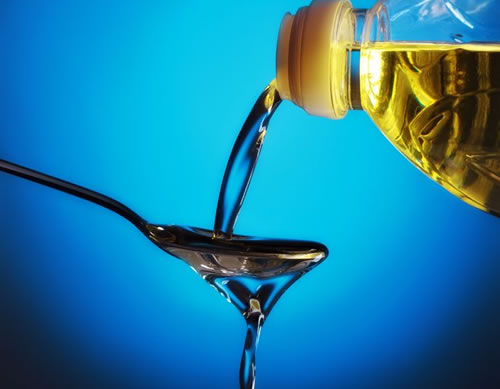How to Oil Pull
★★★★★
Oil Pulling Feedback
★★★★★
I use mostly olive oil to which I add essential oils. It never fails and any issue is cleared up within days. I make my own toothpaste with coconut oil, baking soda, essential oils etc Commercial toothpaste is garbage and commercial mouthwash poison. Vitamin C for gum disease. And try to change my diet. RAW milk. Have not had any issues if I stick with these basics. Alkalising your system is also important.
Oil Pulling Feedback
★★★★★
Over the years I'd be swayed into using coconut oil without as much success, then just today I remembered to buy the sesame because that's what I originally was told is best by well studied vegans into natural healing. Next step, daily pulling until by the new year I notice how much whiter my teeth are!
Oil Pulling Feedback
★★★★★
I am aged 50 and a diabetic since 8 years. Of late I have been experiencing tooth pain especially after having food. Some of my teeth became loose and my local dentist asked me to extract the same to avoid further complications. One of my upper teeth was critically loose that i expected it to fell down anytime, which i did not want to happen.
I ordered the book "all natural dental remedies" written by Angela Kaelin from "amazon.in" which reached me on 24th December 2015. I had already tried some of the remedies detailed in the book but had not found much relief.
However, the chapter on "oil pulling" was totally new to me and I immediately started the therapy. To my surprise, the upper loose tooth which was about to fell down started strengthening and all my tooth pain vanished in a day. Three of my lower teeth which were loose also got stabilised. I am not taking the antibiotic drugs and pain killers any more.
Now I take oil pulling 3 times a day since last 3 weeks and i am very happy with the results..
I recommend oil pulling therapy to each and everyone who suffers from dental problems. Sesame oil is the best oil for oil pulling therapy.
Babu k. A. Cochin. Kerala. South India.
Oil Pulling Feedback
★★★★★
Oil Pulling Feedback
★★★★★
Thanks to EC, I will continue oil pulling with coconut oil. Abscess was gone completely on Saturday.
Oil Pulling Feedback
★★★★★
Wonderful!
This is a brilliant site.
Oil Pulling Feedback
★★★★★
Oil Pulling Feedback
★★★★★
After just one 20 minute session, the toothache is gone. I had flossed, and brushed earlier in the day and it done nothing. But the oil pulling got rid of the pain. Awesome to say the least.
I will keep doing the pulls at least once a day to see how my overall health will improve. I do plan on seeing my dentist still, but can put it off until I have cash in hand to pay for any needed work. I also plan on telling my dentist about the oil pulling, as he is really up to date on current health news and new effective treatments. He may want to pass along the suggestion to his other patients.
Oil Pulling Feedback
★★★★★
Oil Pulling Feedback
★★★★★
Oil Pulling Feedback
★★★★★
Oil Pulling Feedback
★★★★★
Oil Pulling Feedback
★★★★★
I told my friend who is a dental hygienist about it. She didn't believe me. So I drove over to her house, and she was amazed. Epecially in the great condition of my gums.
My teeth feel so strong! I am a smoker, and my teeth are so much whiter. And when I rub my tongue over them it feels as if I have just left the dentist. Also, when I wake up, no bad breath! I was really scared I was going to ultimately lose some teeth, but now those fears are vanquished. Also, my skin is no longer dry, and my dry hair looks oily if I don't wash it every day. I also have noticed that I no longer have to use eyedrops and chapstick all day. My skin is just so nourished. I also think I am not grinding my teeth at night anymore.
Thank you Earth Clinic!!!!! I have to be careful who I tell this story to because I sound like a wing nut. I would never believe it if I hadn't experienced it!
Oil Pulling Feedback
★★★★★
My mistake was switching to coconut oil the next week. It may be as effective at killing bacteria but was not as effective for pain (with me) nor did it make my gums feel good like sesame did... To the point where I just quit doing it until I got sesame oil again- which was today. I want to finish completely firming up these two still slightly loose teeth, and put an end to this gum disease. I intend to OP with sesame for the rest of my life and try remineralizing my teeth (for decay) at the same time. I absolutely love it and am so thankful to have to have come across it.




